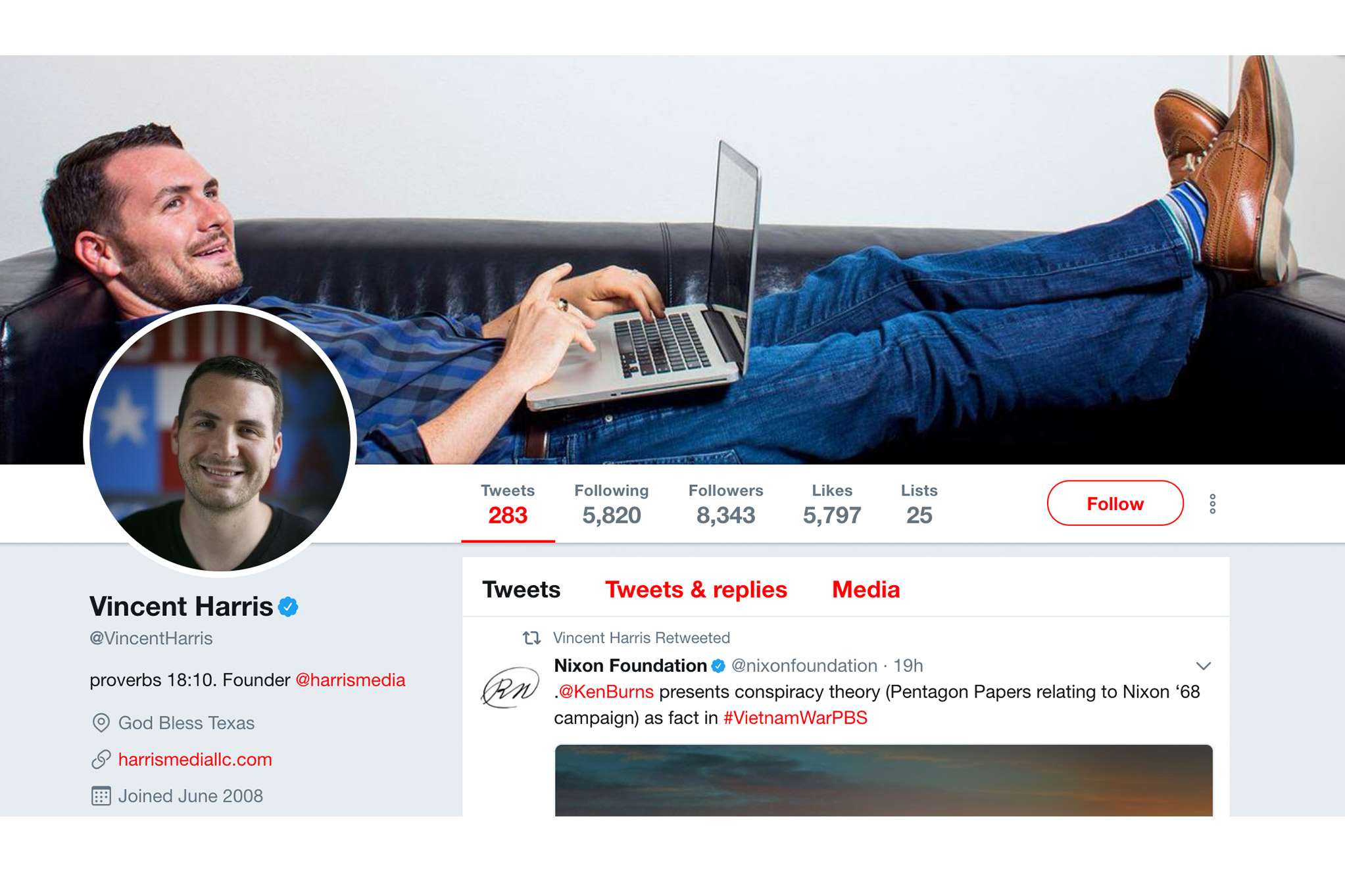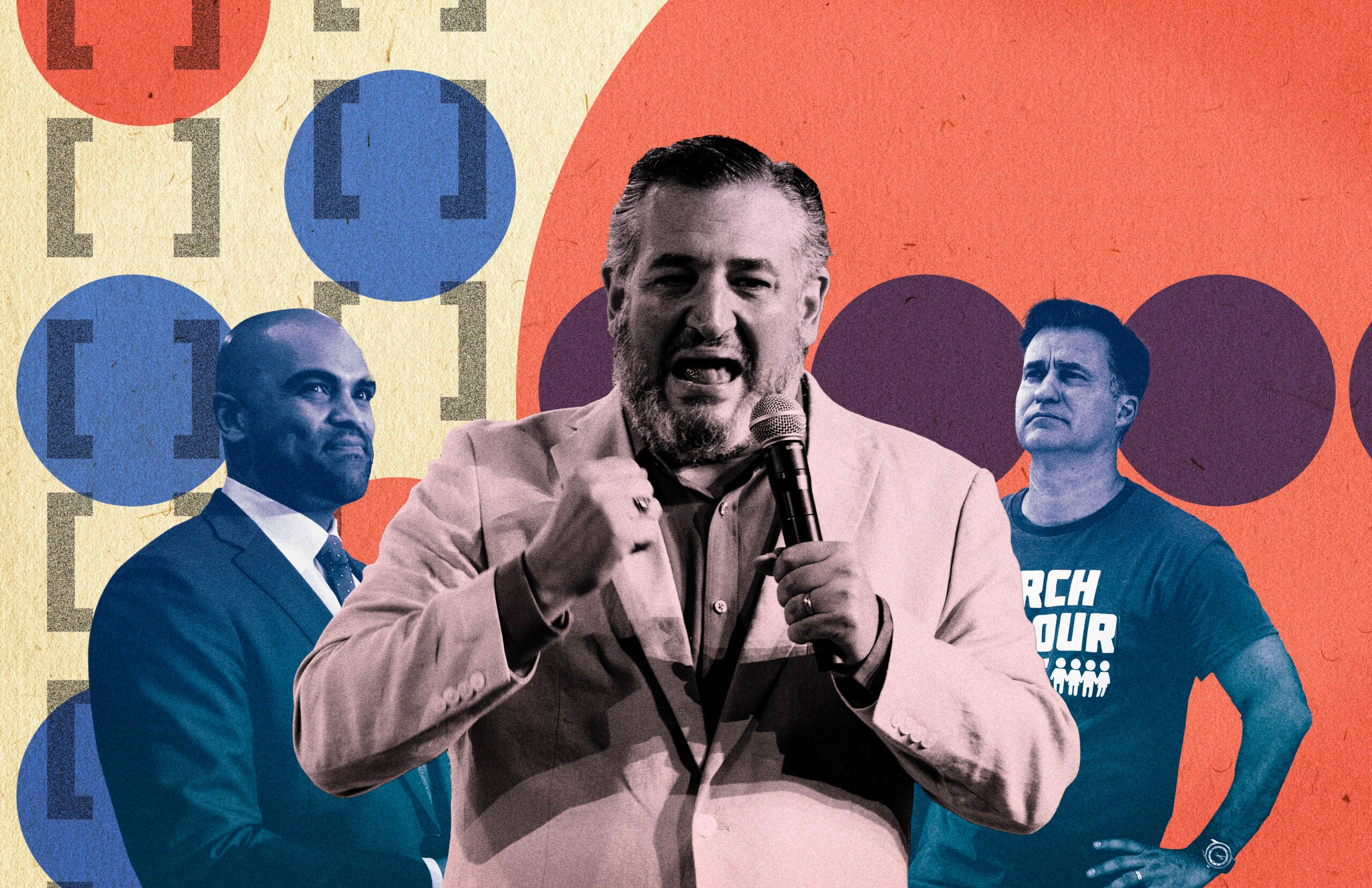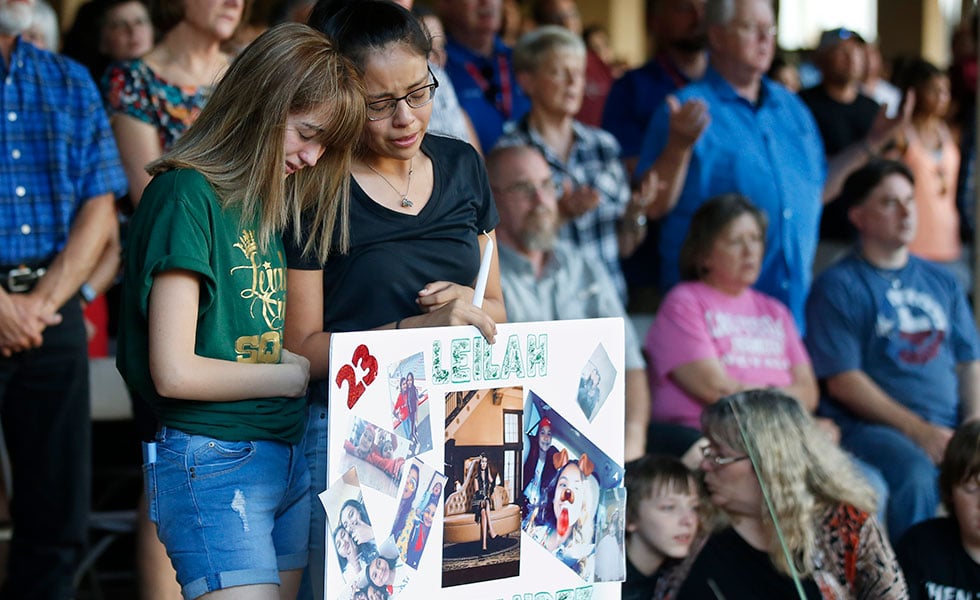
Texas GOP’s Favorite Meme-Maker is Now Helping the Far-Right in Germany
After mastering the art of race-baiting digital campaigning in Texas, Vincent Harris has graduated to working for German nationalists.


On Monday, the Israeli newspaper Haaretz wrote about the role played by the Austin-based political consultant Vincent Harris in the recent success of the Alternative für Deutschland party, or AfD, in the German federal election last weekend. Haaretz is interested in the story because Harris also recently worked for Benjamin Netanyahu’s campaign, and, paradoxically, because the AfD is a far-right party that’s the ideological inheritor of some of the very bad, no-good tendencies in German politics you might have read about in accounts of the 20th century. The AfD came in third, winning seats in the German Bundestag for the first time.

Texans are more familiar with Harris because of his work for Senator Ted Cruz and Lieutenant Governor Dan Patrick, and his brief association with Donald Trump’s campaign last year. Among other things, Harris has taken public credit for the defining image of Patrick’s 2014 campaign: signs, which filled the stands at that year’s state Republican convention, in the shape of a padlocked white picket fence, with the words “secure our border” emblazoned in red, white and blue. That’s Harris’ thing: Simple images, clear language, memes. He and his firm were briefly a hot item in Republican politics, but he’s been less visible lately in the United States.
Let’s be clear at the outset that Patrick and Cruz are in no way to blame for Harris’ current clients. But it’s worth reflecting, particularly for the benefit of our more moderate Republican friends, on what it means that a strategist who helped shape Patrick’s anti-immigrant, xenophobic campaign finds it so easy to redeploy his skillset for the benefit of an organization that empowers actual fascists.
Like a lot of the new right movements, the AfD is sometimes able to present a face of respectability, and it maintains a certain level of plausible deniability regarding its connection to neo-Nazi groups and their ilk in Germany. The party’s main issue is its opposition to immigrants and refugees. Its members often use violent and dangerous rhetoric, but most would no doubt object to being called fascists. It’s hard to pin down the ideology of the AfD in clinically accurate terms.
Xenophobic violence has increased dramatically in the areas where the organization is strong.
Nevertheless, the phenomenon of the AfD is much bigger than a backlash to immigration, and its rhetoric sounds a little familiar. The party prominently features leaders like Björn Höcke, who gave a speech in January in a beer hall in Dresden, a city with strong associations with Germany’s far-right, in which he told a fired-up crowd that “the AfD is the last revolutionary, the last peaceful chance for our Fatherland,” and called for a reawakening of the German spirit.
“They wanted to cut off our roots and with the re-education that began in 1945, they nearly managed,” Höcke said. “Until now, our mental state continues to be that of a totally defeated people. We Germans are the only people in the world that have planted a monument of shame in the heart of their capital.” The “monument of shame” there is the Holocaust Memorial, of course. The speech set off a firestorm in Germany, and the AfD discussed expelling him. Then, apparently, they decided not to.
More “moderate” figures associated with the party include Frauke Petry, who once offered that German police should shoot migrants attempting to enter the country, “if necessary.” Another prominent member, the 76-year-old Alexander Gauland, takes a page from American Confederate apologists by arguing that Germans should be “proud” of what rank-and-file Nazi soldiers did in World War II, because “95 percent” of German soldiers didn’t commit war crimes.
But it’s not just talk. The party is openly associated with a sort of far-right protest and militia movement called PEGIDA — Patriotic Europeans Against the Islamization of the West — whose members sometimes turn to violence. Last year, more than 200 PEGIDA members were arrested after running riot in the streets of Leipzig, smashing up shops owned by immigrants, in scenes strongly reminiscent of the bad old days. Xenophobic violence has increased dramatically in the areas where the organization is strong, including a series of arson attacks on refugee shelters.

To these fine folks, Harris, a semi-respected figure in our state’s politics, brought his talents. Haaretz relates that, extraordinarily, Harris’ Texas-honed rhetoric was at times too strong for his clients — he proposed the slogan “Germany for the Germans,” which made the AfD uncomfortable. The party went with a slightly more subtle message — the image of a pregnant white woman’s belly, accompanied with the words “New Germans? We’ll make them ourselves!” The strong racial overtones of the campaign matched that of the work Harris did for the Netanyahu campaign in 2015, which received much attention in the Israeli and American Jewish media with regards to its overt “racial dog-whistling.”
The signature image of the AfD campaign, though, was that of bloody tire marks, alluding to the horror of recent car-borne terror attacks, and the incendiary message: “Mrs. Merkel, the victims of your political rampage are not forgotten! But how many have to die before you understand?”
Posted by AfD on Monday, August 21, 2017
It’s a line of attack that should sound familiar — the American equivalent is when Trump, or other conservatives, play up incidents of criminal violence committed by undocumented immigrants and blame them on rival political figures, as happened to Joe Straus last year.
Der Spiegel writes that the goal of the AfD’s very successful digital campaign, run with Harris’ help, was “to make people less shy about identifying” with the party — in other words, to help break down German societal taboos against association with the far-right. “With Harris’ help, the image with the bloody tire marks has reached a massive number of users, AfD representatives say proudly,” the paper wrote.
As an outsider, it’s often easier to see through to the core of a thing than it is when you’re standing in the middle of it — to make sweeping statements about a subject that, while correct, are harder to make when you learn more about cultural context and the complicating factors of any situation.
Which is to say that in the same way that it’s easy for us to see what the AfD is, it might well be just as easy for a German observer to look at the white picket fence sign that Harris made for Dan Patrick and see it for what it is — a symbol of the politics of ethnic solidarity and exclusion, of a very American and watered-down form of white nationalism, the primal fear of a demographic threat. Here, many people would prefer not to see that, because of what it says about us as a people. It’s depressing. So, for old time’s sake, here are a few more of Harris’ memes.


